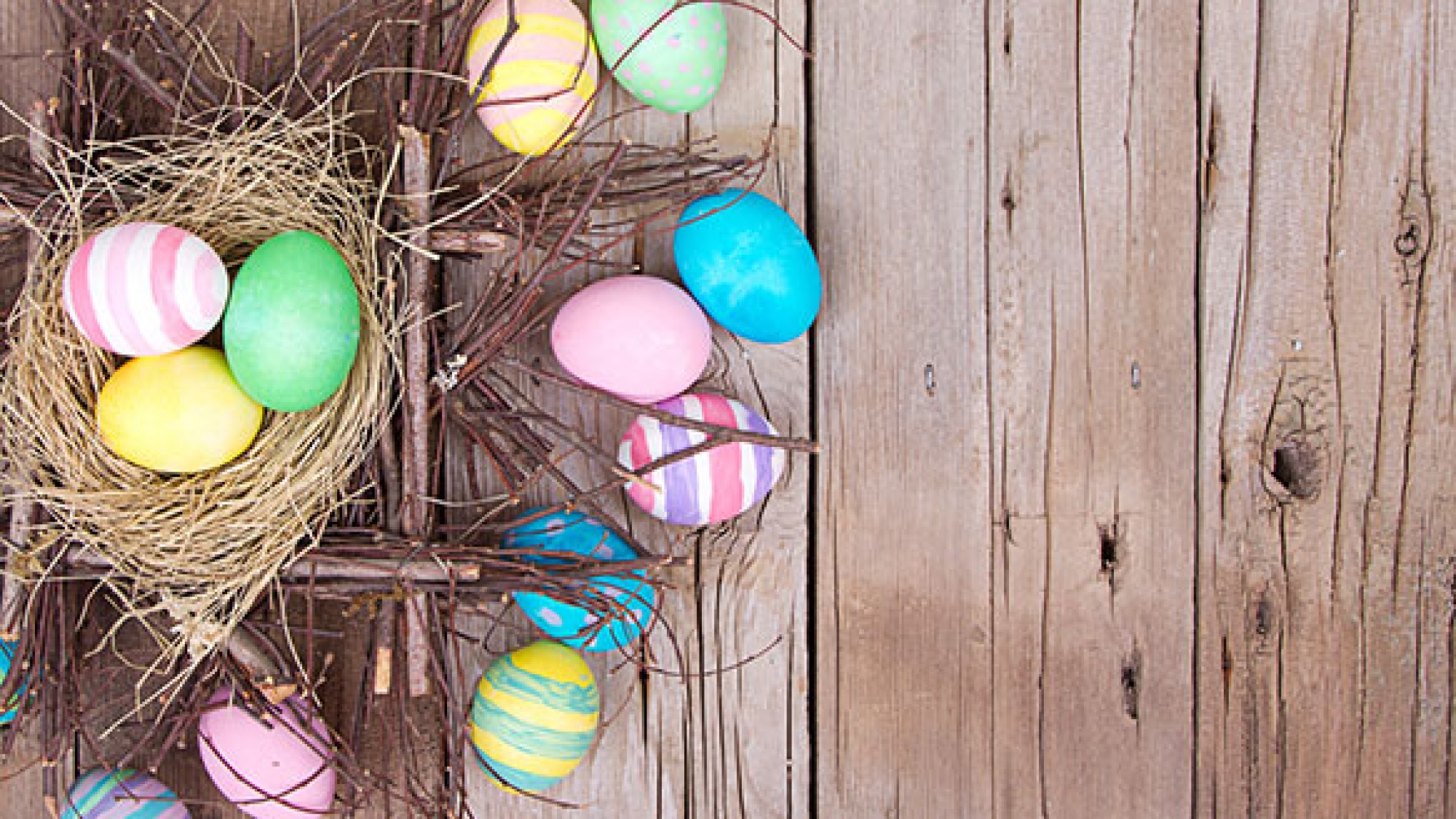5 Surprising Truths About Easter
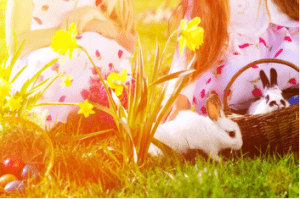
Aren’t Easter festivities fun? What other holiday has an egg-laying mammal that comes to your house at night with goodies for children? Decorating eggs allows kids and adults to express some creativity, but who thought of dyeing eggs in the first place? How did the resurrection of Christ come to be connected to the Easter Bunny?
While Easter is officially a Christian holiday, contemporary Easter celebrations are a mash-up of stories, traditions, and practices from several cultures and religions that have evolved over centuries, including customs that predate Christianity. That’s right—some of the most popular Easter traditions are older that you think!
Even if the commercial aspect of the holiday is a little out of control—plastic grass and Peeps everywhere—the essential symbols and customs that have survived still bear traces of their original intent: to honor the miracles of resurrection and rebirth.
As a spiritual teacher and energy healer, I find holidays with such cultural complexity fascinating, and I hope you’ll enjoy these five surprising truths about Easter.
1. “Easter” is Named After an Ancient Fertility Goddess
The word “Easter” comes from “Eastre” or “Eostre” who was a goddess of spring in the pre-Christian Anglo-Saxon tribes of Northern Europe. Each year at the vernal equinox—which is when the day and night are approximately the same length—the Anglo-Saxons honored Eastre by holding a festival to mark the beginning of spring and celebrate all the promise of rebirth in nature. Eastre is also a fertility goddess, as spring and fertility go hand in hand, and the celebrations were designed to honor renewal and rebirth, the cycle of life, and the promise of fruitfulness.
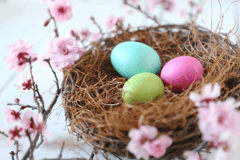
As Christianity spread across Europe, many missionaries adopted pagan rituals and traditions into the Christian faith and gave them a context within the religion. The Eastre festival of rebirth and fertility coincided with the time of the Christian celebration of the resurrection of Jesus Christ, so these two holidays that commemorate renewal were blended into the beginnings of our contemporary Easter.
2. The Easter Bunny Came from Germany
It’s probably no surprise to you that the Easter bunny is not in the Bible, but do you know why the mascot for this resurrection holiday is a rabbit?
Pagans used the rabbit as a symbol of fertility and the abundance of life in because of the rabbit reputation for quick procreation and large litters. As pagan customs were absorbed into Christianity, the pagan bunny hopped along. The rabbit association is also likely connected to Eastre, who was often either represented as a hare or depicted as being accompanied by a hare.

Scholars believe the more recent version of the Easter Bunny as a creature that delivers candy was brought to the United States by German immigrants, who told stories of “Oschter Haws,” an egg-laying hare.
Oschter Haws was said to fill nests full of decorated eggs for children who were deemed “good”—much like Santa Claus filling stockings—and as the practice spread throughout America, the deliveries started to also include candy and chocolate. You can thank the Germans for the first chocolate bunnies as well, which evolved out of pastries and cakes shaped like Oschter Haws that they began making in the 1800s.
3. Eggs Mean Rebirth—Literally and Figuratively
Eggs have long been associated with new life and rebirth. After all, life literally hatches from eggs. Eggs are the vessel of new life about to be born—what more appropriate symbol is there? Ancient cultures across the globe have incorporated eggs into their springtime rituals and celebrations for centuries.

Decorating eggs is seen in many countries and seems to go all the way back to the 13th century. Orthodox Christians in the Middle East and Greece painted or dyed their eggs shades of red to signify the blood Christ shed on the cross. German parents distributed green eggs as gifts, Austrians created patterns on eggs by boiling them with plants, and in Poland and Ukraine, eggs were often elaborately decorated with dye, wax, and silver and gold paint.
4. Eggs Were Not Originally Hardboiled for Fun
During Medieval times in Europe, the church forbade the eating of eggs during Lent. Any eggs that were laid during the forty days of Lent had to be preserved, and boiling was often used. Since Easter marks the end of Lent, these preserved—hardboiled—eggs were a big part of the Easter meals and a cherished gift for children. Parents would hide eggs as a game for children and kids would roll eggs down hills for fun.
Easter egg hunts and egg rolls seem to be the contemporary versions of these traditions, including the famous White House lawn egg roll that happens every year.
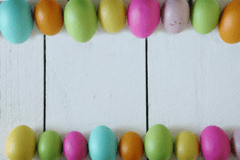
5. Easter Is a Great Time for Spiritual Awakening
Could your life use a spiritual awakening, or reawakening? As a spiritual teacher and energy healer, I want to stress the importance of the rebirth aspect of this holiday. Spring is blossoming and signs are all around of life coming out of its shell, moving its face toward the light, and you can bloom, too!
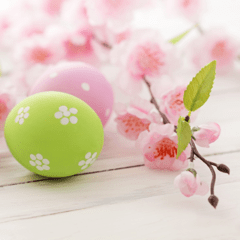
Now is the perfect time to begin a practice of daily meditation, or recommit yourself to meditation if you’ve let your routine slide. Easter is also a good time to take stock of your chakras and the health of your energy field. To find out if your chakras are spinning correctly, you can take energy healing workshops or healing courses. An energy healer will be able to realign any imbalances in your energy field. A practitioner of energy medicine can also assist you in experiencing spiritual initiations which are steps toward higher consciousness. How’s that for spiritual renewal?
If you would like to learn more about energy healing, meditation, and how to read your chakras, be sure to check out my Hay House LifeForce Energy Healing Course, now live, that will teach you all about energy medicine and its incredible benefits, and how to heal yourself and others. Plus, the course certifies you in the exciting field of energy medicine!

